Inbox and Environment News: Issue 408
June 9 - 15, 2019: Issue 408
PNHA Bird Walk June 2019
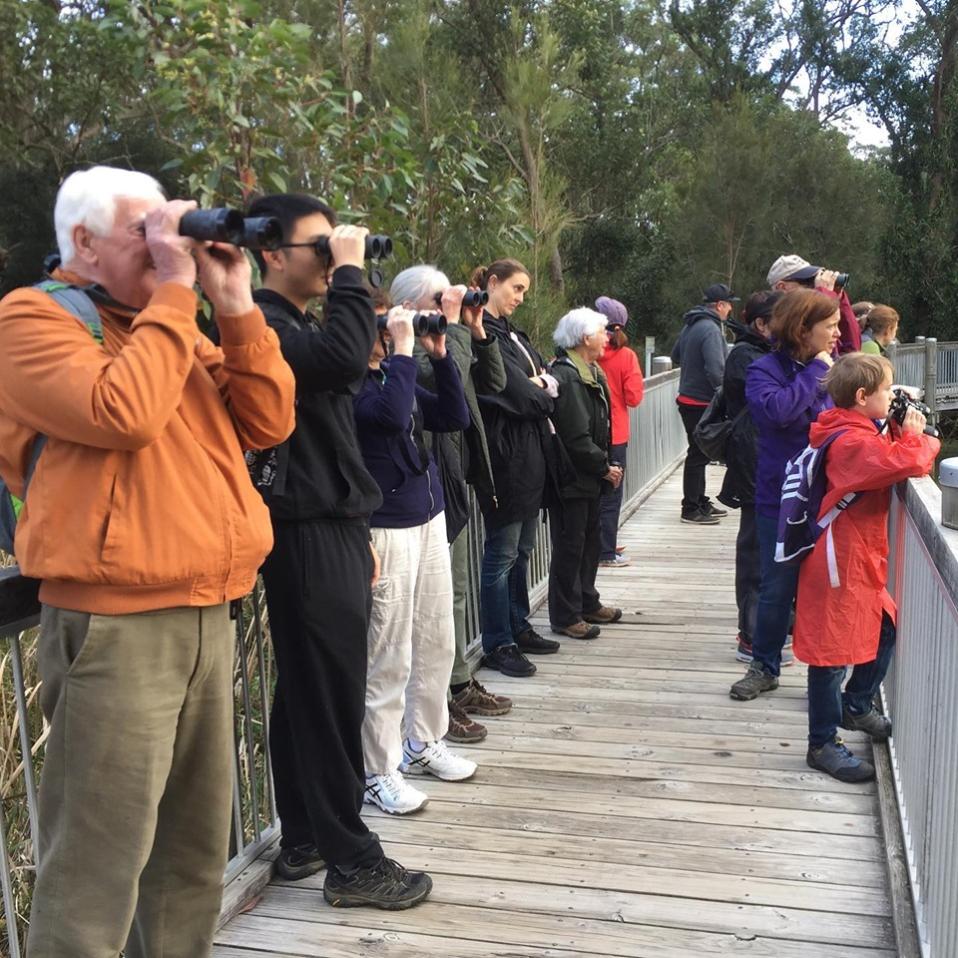
Sunday June 2nd, PNHA Bird Walk and Talk - PNHA photo
So many birds, and swamp wallabies, in Warriewood Wetland on our guided bird walk this morning. Still mild weather really helps us find birds, and so we did, 37 species in all. Our group included two young boys, bird conservationists of the future, we hope.
We were surprised to see several Royal Spoonbills foraging out in the open and flying about – an unusually close view for us. We watched one sweep its sensitive broadtipped bill swiftly from side to searching by feel for invertebrate prey.
Royal Spoonbill - photo by AJG
Another highlight was a pair of Rose Robins, near the Jim Rivett walk on the western side of Garden St.
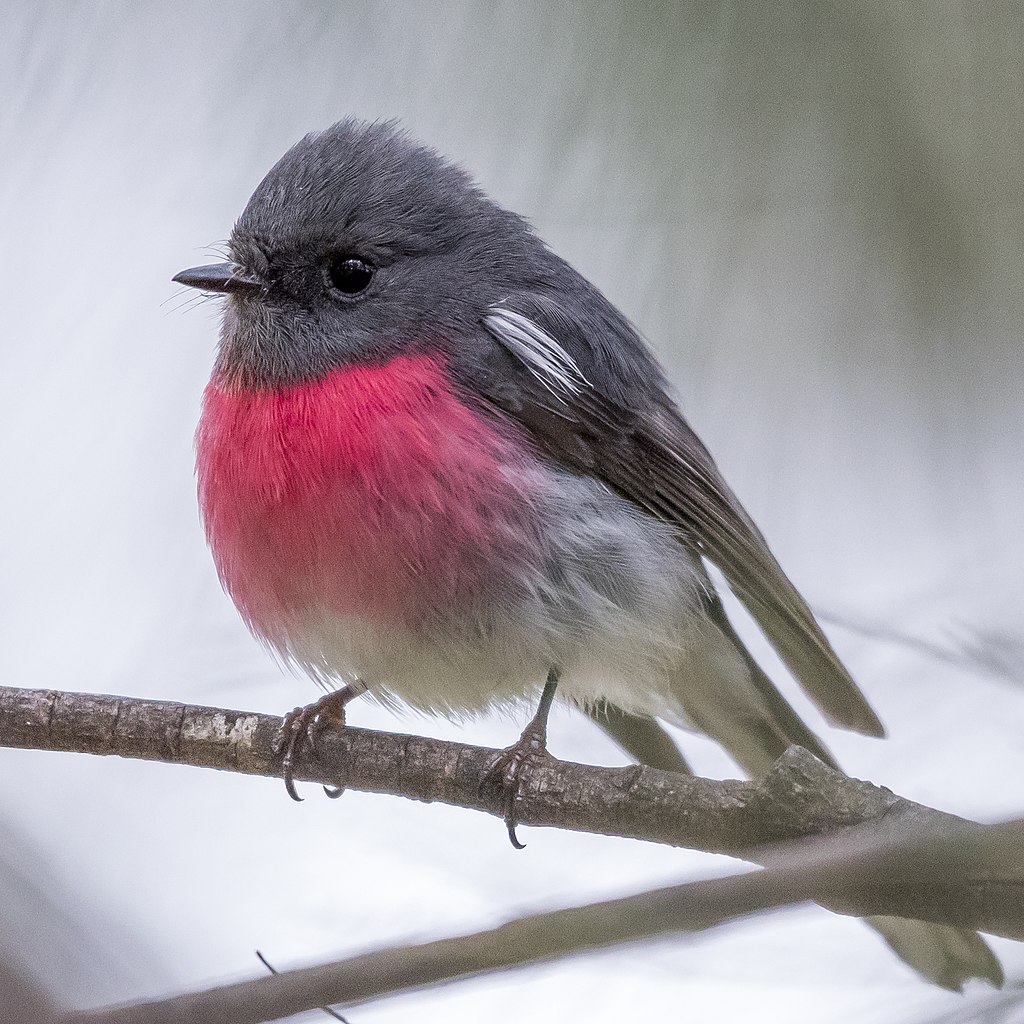
Male Rose Robin - photo by Gunjan Pandey
$1.16 M For Local Government Climate Change Response Grants
More Shellabrations For Rare Turtles
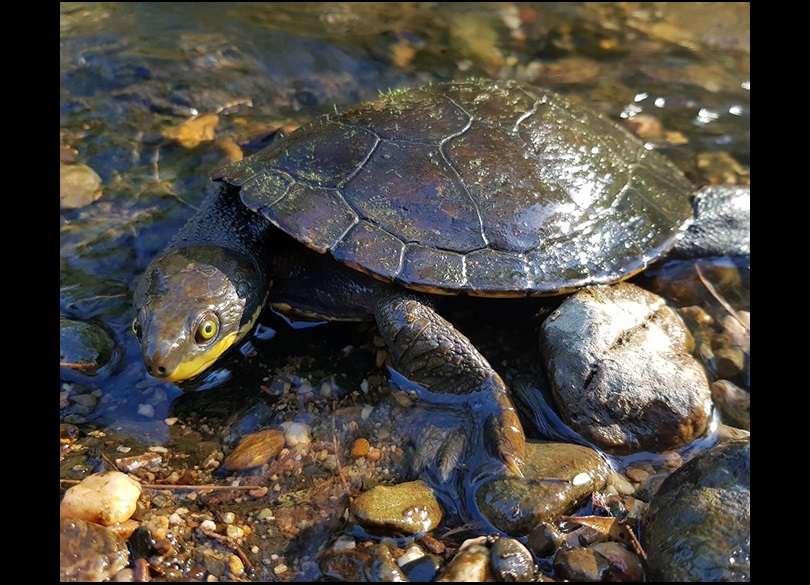
Cruel Kangaroo Massacre Occurring Since 'Rule Change' For Non-Commercial Kangaroo Killing
… intent on wiping out every kangaroo on the place. Shooting almost every night ... Yesterday I witnessed them run down a kangaroo with their tractor, pin the animal against the fence and kill the animal before picking up the carcass in the front bucket of the tractor and dumping it in a ditch. It's tragic—there was a lovely big mob of kangaroos down there. I have been onto the police and basically received a "Oh, well, it's his property and he can kill kangaroos if he likes"' response.
… multiple festering and stinking injuries resembling gunshot wounds to both shoulders, left bicep and forearm, left side ribs, chest and left rump. Wounds were maggoty; he was also being eaten alive by European wasps (on the wounds). Prognosis by the vet—"poor".
Trees Are Our Best Allies Against Air Pollution
"The best time to plant a tree was 20 years ago. The second-best time is now," says a Chinese proverb. Now is also a great time to stop deforestation and restore damaged ecosystems, and bring back these living air purifiers into our daily lives...
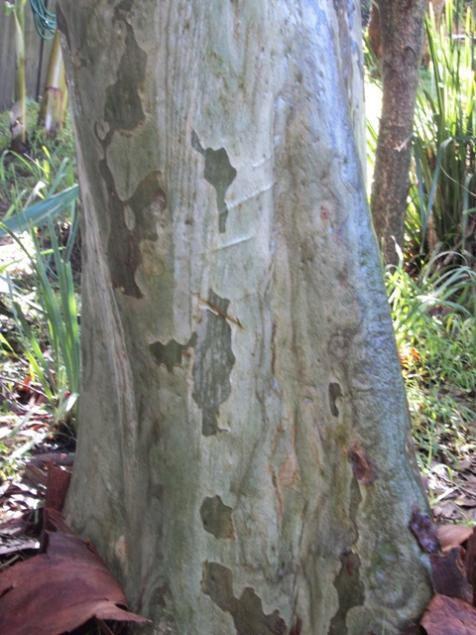 June 6th, 2019: UN - for World Environment Day
June 6th, 2019: UN - for World Environment Day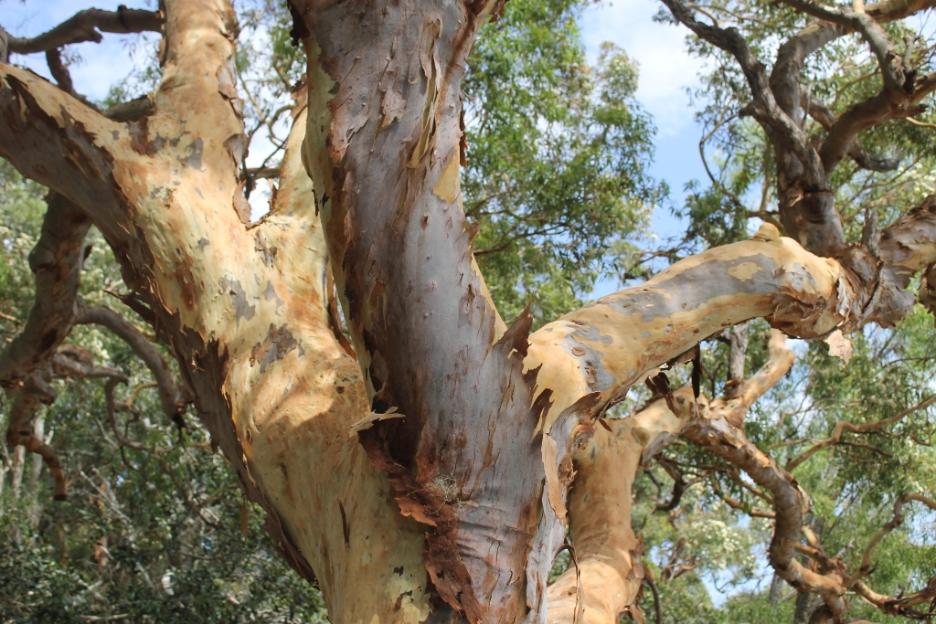
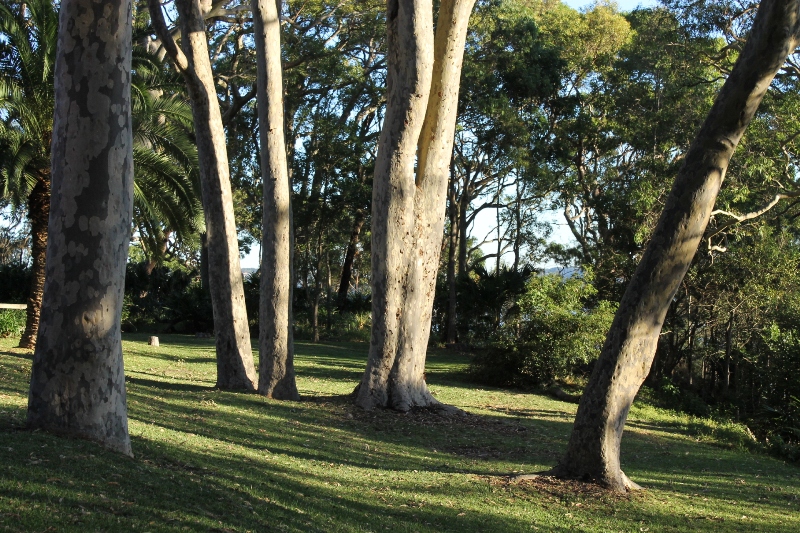
National Tree Day 2019
How All Religious Faiths Advocate For Environmental Protection
New UN Decade On Ecosystem Restoration Offers Unparalleled Opportunity For Job Creation, Food Security And Addressing Climate Change
- The United Nations General Assembly declared 2021 – 2030 the UN Decade on Ecosystem Restoration.
- Restoration could remove up to 26 gigatons of greenhouse gases from the atmosphere.
- UN Environment and FAO will lead the implementation.
Australia’s National Greenhouse Gas Inventory December 2018 Quarterly Report Released
Whichever Way You Spin It, Australia’s Greenhouse Emissions Have Been Climbing Since 2015
Read more: Australia is not on track to reach 2030 Paris target (but the potential is there)
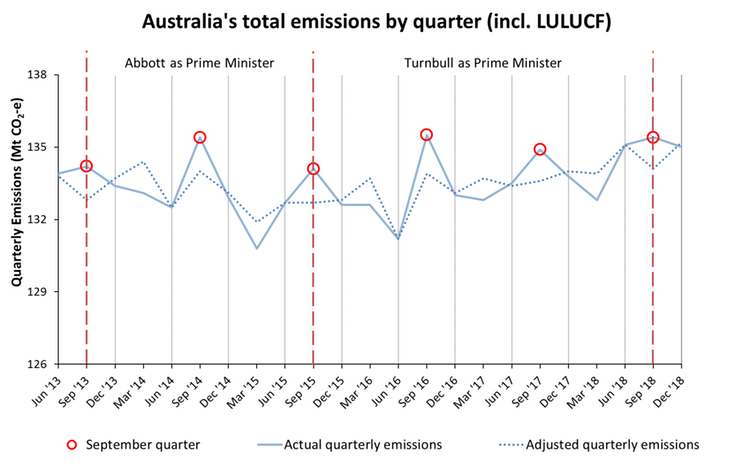
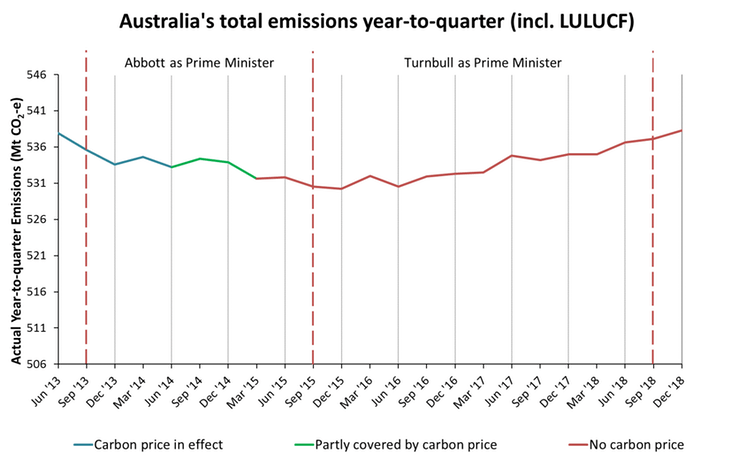
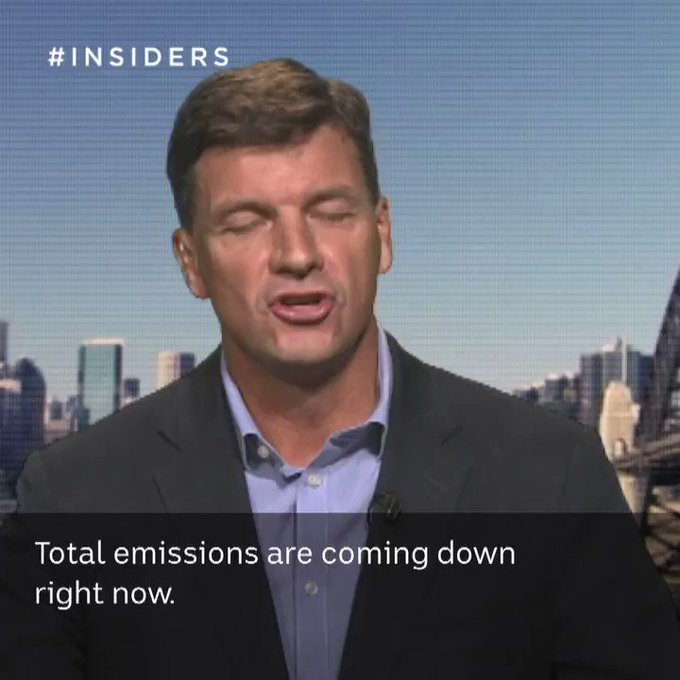
Read more: Australia has two decades to avoid the most damaging impacts of climate change
We’re Taking Practical Action This World Environment Day
- $100 million Australian Recycling Investment Fund through the Clean Energy Finance Corporation, supporting energy efficient recycled products such as recycled content plastics.
- $20 million for a Cooperative Research Centre grants to find new and innovative solutions to plastic recycling and waste.
- $16 million to combat plastics and other waste in our oceans through the Pacific Ocean Litter Project – because we know that plastic litter is a global problem, as well as one we need to address here at home.
World Oceans Day
Whale On!
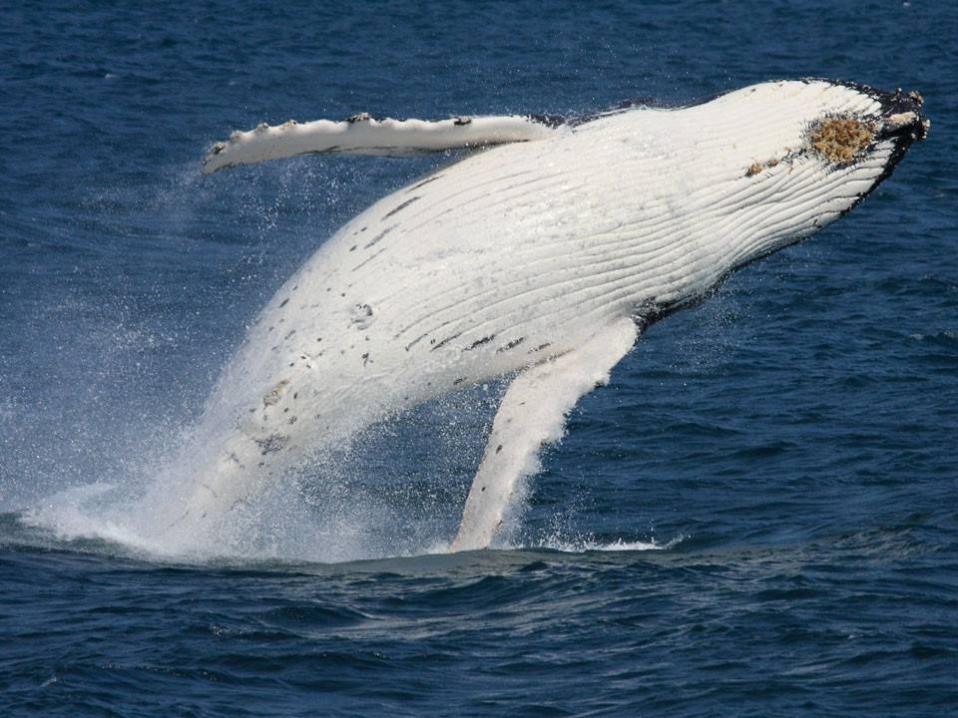
Catch A Glimpse Of A Humpback Whale
Visit a coastal NSW national park to spot a humpback whale, as they start their annual migration north.
From May to November 2019, over 30,000 humpback whales will migrate from the cold waters of Antarctica to the warmer waters off north east Australia to mate and give birth before heading south again.
Vantage spots for whale watching include national parks with lookouts, headlands and foreshores.
Southern right and minke whales may also be spotted off the NSW coast during migration season.
Keen whale-watchers can download the free Wild About Whales mobile app, which helps users find the best locations for spotting whales, get real-time notifications of nearby sightings, and record their sightings.
Environment Minister Matt Kean said the app is a great tool for the whole family to learn more about whales, while also contributing to a citizen science project.
“Citizen science volunteers and other organisations such as ORRCA do an amazing job of monitoring the number of whales migrating along the NSW coast each season,” Mr Kean said.
Bees Can Link Symbols To Numbers, Study Finds
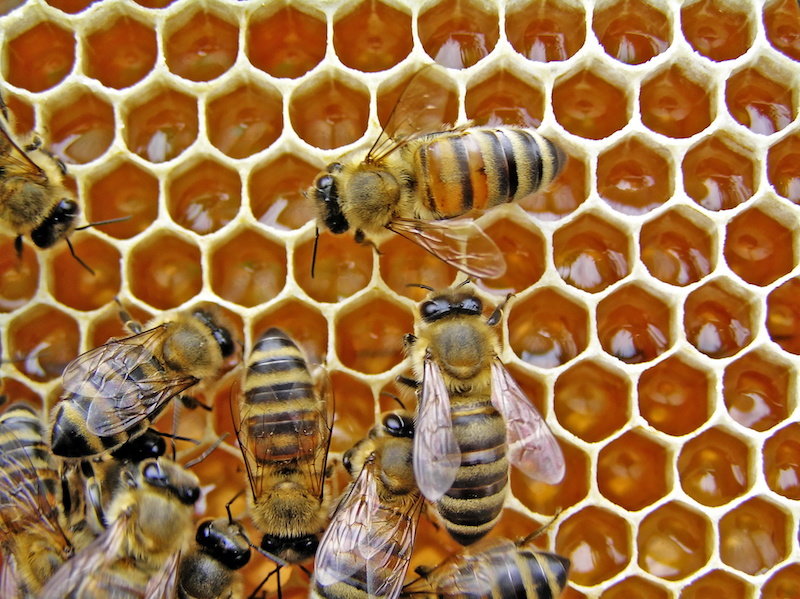
Forster Tuncurry Yesteryear Exhibition
Are You Koalified To Report Wildlife Sightings?
By NSW Office of Environment & Heritage
NSW communities are being asked to share where they have seen wildlife around New South Wales, over the last 2 years, as a new online Community Wildlife Survey launched 24 May.
"We want to know about your sightings of brushtail possums, foxes, platypus, wombats, koalas, spotted-tailed quolls, kangaroos, deer and dingos," said Dr Tom Celebrezze, Science Director, Office of Environment and Heritage.
"Whether you see a possum, a wombat whilst out working, or a koala during your holiday, every sighting helps to understand where in New South Wales these animals are living and how their populations are faring.
"Community wildlife sightings are hugely valuable to researchers and they give local communities a chance to share what is happening with the wildlife in their area.

Koala, Macquarie Nature Reserve - Photo credit John Spencer, OEH
"This rich data source helps scientists to get a better view of wildlife across New South Wales and gain a clearer understanding of where these animals are, their health, and any threats," said Dr Celebrezze.
The survey, conducted by the Office of Environment and Heritage (OEH), asks contributors to record sightings of 10 key animals, over the last 2 years, wherever they have been seen across New South Wales.
Mr Celebrezze said the survey also draws on community knowledge, asking contributors if they think populations are increasing, decreasing or staying the same in their local area.
"Scientists will use the data to look at how the populations of the 10 animals have changed since the last survey in 2006," said Dr Celebrezze.
"Back in 2006 more than 16,000 people shared their wildlife sightings and the data generated played a vital role in understanding more about the location and status of animals in New South Wales, helping to shape research and conservation priorities for the State.
"We are keen to get a similar number of survey participants this year, if not more.
"The survey is being funded as part of the $44.7 million NSW Koala Strategy, that will help secure the future of koalas in the wild. Data from this year's survey can help identify sites for priority action under the NSW Koala Strategy as well as forming part of koala monitoring across the State.
"I encourage every NSW resident who has seen one of the 10 animals over the past 2 years in New South Wales, to share their sightings and wildlife information through the survey.
"It only takes 10 to 20 minutes to complete. It's a great opportunity to help build knowledge about wildlife in your local area," said Dr Celebrezze.
Access the new wildlife survey here: Community wildlife survey
The Bacteria Building Your Baby
Physical Inactivity Proved Risky For Children And Pre-Teens
Downpours Of Torrential Rain More Frequent With Global Warming
New Polymer Tackles PFAS Pollution
Lifting Education Standards And Opportunities Across NSW
Geoscience Data Group Urges All Scientific Disciplines To Make Data Open And Accessible
Ear-Generated Doppler Shifts In Bat Biosonar
Disclaimer: These articles are not intended to provide medical advice, diagnosis or treatment. Views expressed here do not necessarily reflect those of Pittwater Online News or its staff.